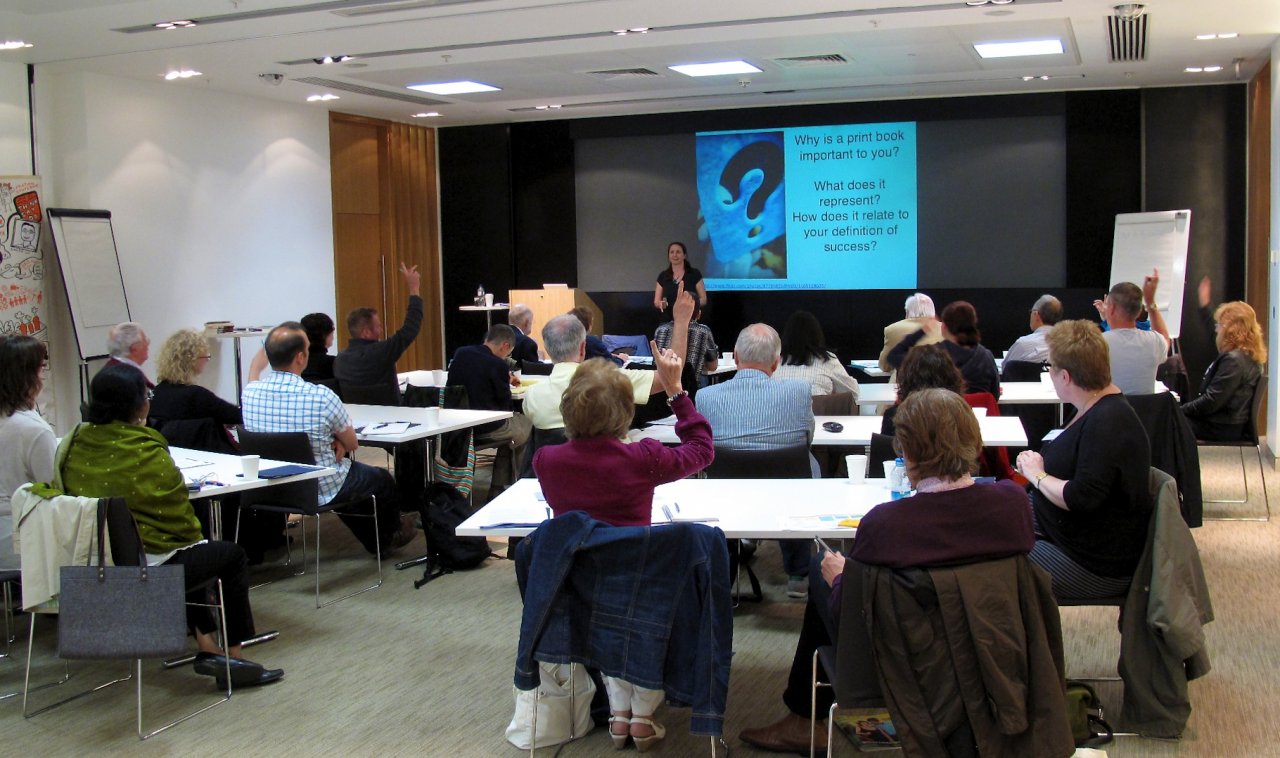Unlike most countries in the world, the U.S. has a particular affinity toward excess paper consumption. As a nation that began with vast acres of forest, we have always consumed timber resources with a reckless sense of abandon (as shown above in the image of the clear cut in the Sierra Nevada range). The idea that trees are a renewable resource has been used as justification for destructive harvesting practices, the planting of monocultures to replace diverse forest ecosystems, and the profligate overuse of many of the byproducts of timber harvesting—particularly paper. Like oil, clean water, and clean air, timber has largely been considered a resource to use freely and extensively, without much thought about the consequences of our consumptive habits. We’d be remiss to talk about ePublishing without highlighting one of the key reasons that this technology has more going for it than making it easy for teens to sate themselves on $.99 vampire novels. The rationale for moving away from the over consumption of paper bears consideration, for these (among other) reasons: As noted in the video, The Secret Life of Paper:
- In the U.S. manufacturing sector, the pulp and paper industry is the 4th largest emitter of greenhouse gases.
- Eighty percent of all ancient forest has already been destroyed. Of the remaining 20 percent, every second we are losing an area of ancient forest the size of a soccer field.
Other reasons why we should rethink paper use. The Forest Stewardship Council notes:
- The U.S. is the largest market for paper products in the world, producing 90 million tons of paper annually and, in-turn, consuming about 100 million tons.
- Roughly 25% by volume of timber cut annually in the US is used for paper production.
According to Eco-Libris:
- Number of U.S. book publishers: 74,240
- Number of U.S. book publishers who signed the Book Industry Treatise on Responsible Paper Use: 250
- Number of trees that are cut down annually to produce the books sold in the U.S.: 30,000,000
You can talk about how much you love the smell and feel of books (and who doesn’t?) or the pleasure of spreading the Sunday paper out on the table and reading it over a cup of dark roast coffee or the fun of going back through the shoulder-high stack of National Geographic magazines in the garage, but at the end of the day the facts all point in the same direction: we use way too much paper. EPublishing is an effective way of extending the pleasures of reading in a manner that reduces paper consumption. The manufacturing, use, and responsible recycling of ereaders (as well as other computing devices used for accessing ebooks and emagazines) brings up another whole issue, of course. It’s not a trivial issue, but it is one that is manageable if we think in terms of cradle-to-cradle manufacturing practices.





